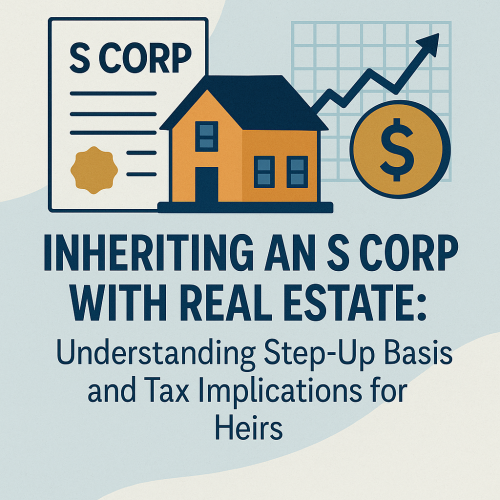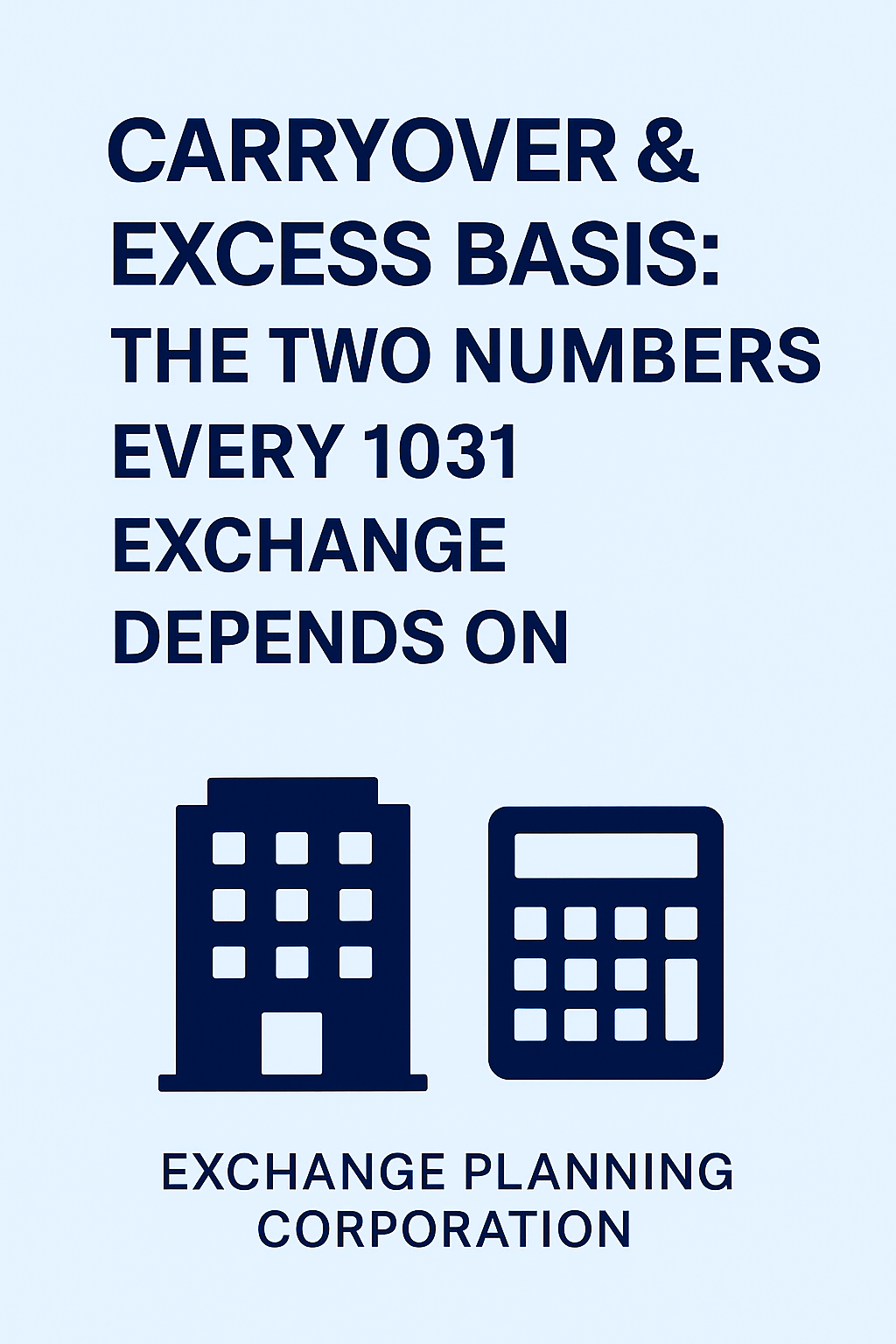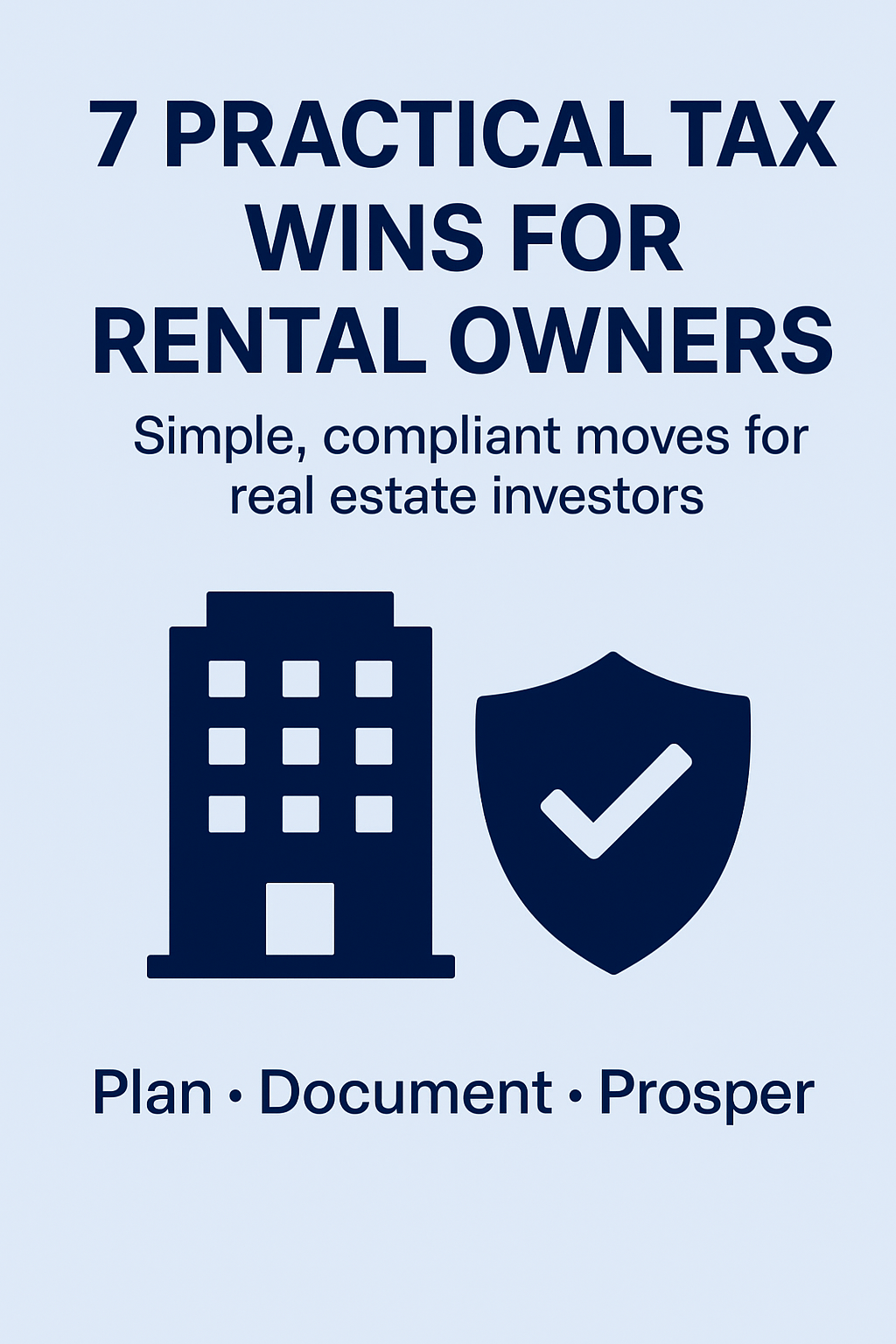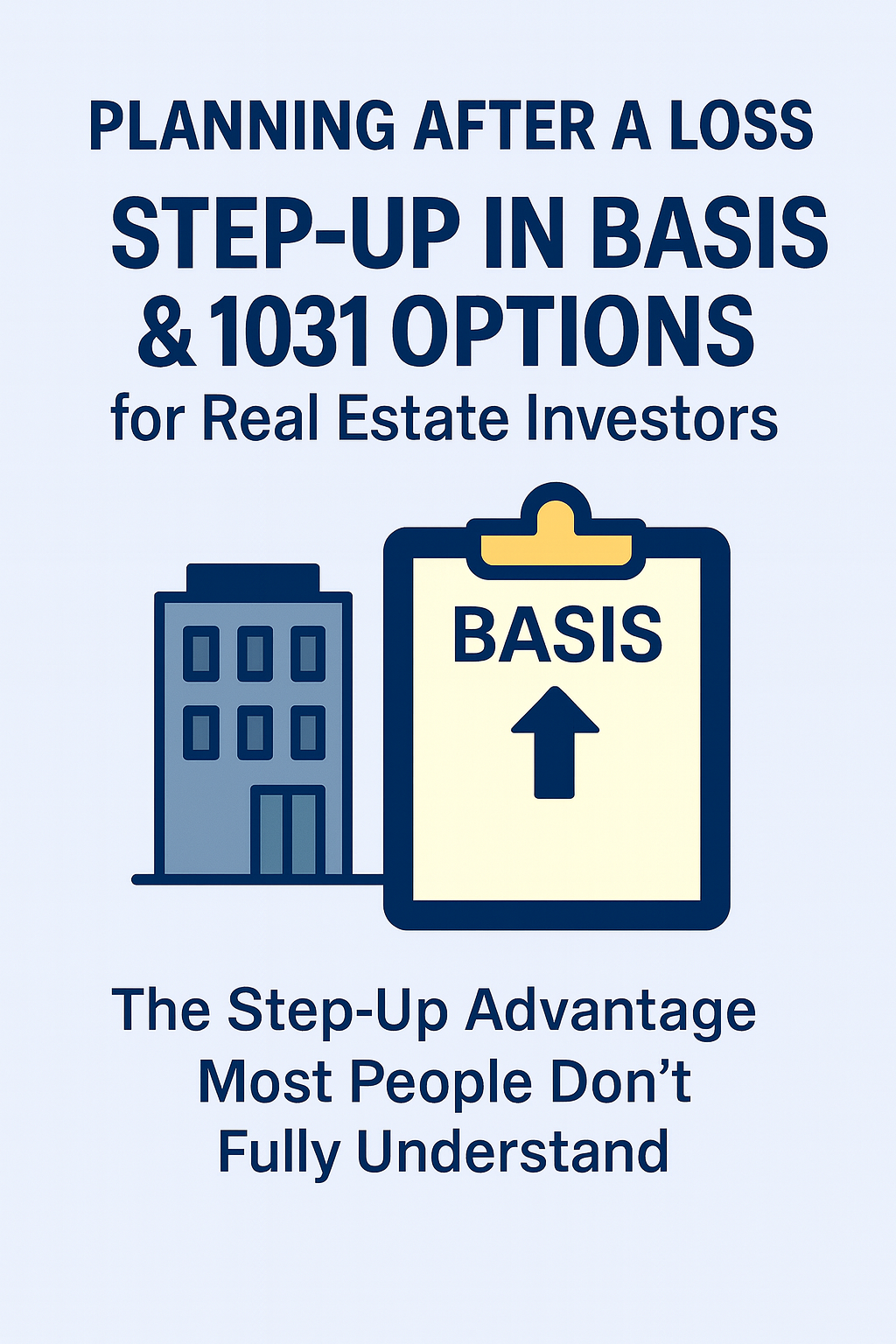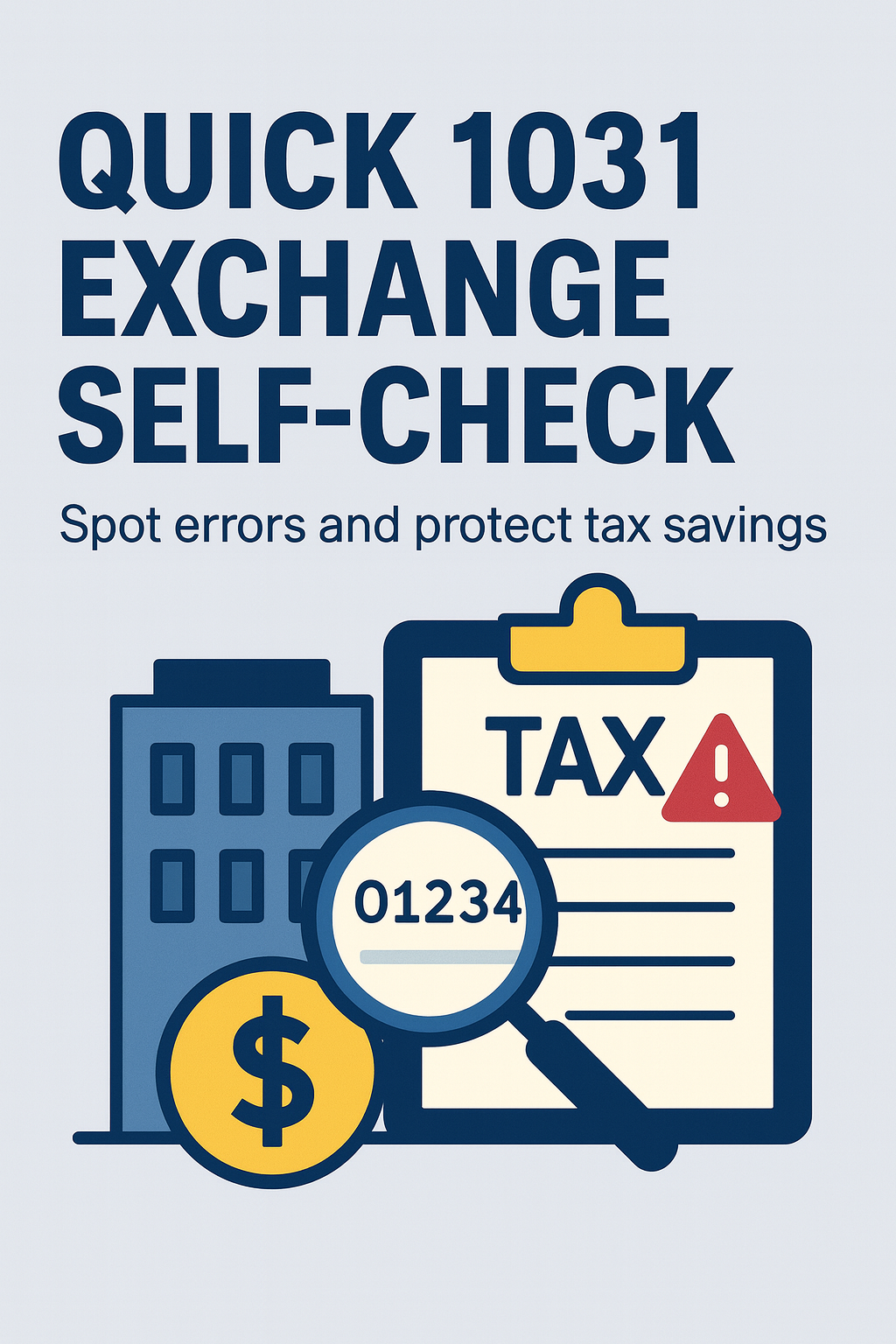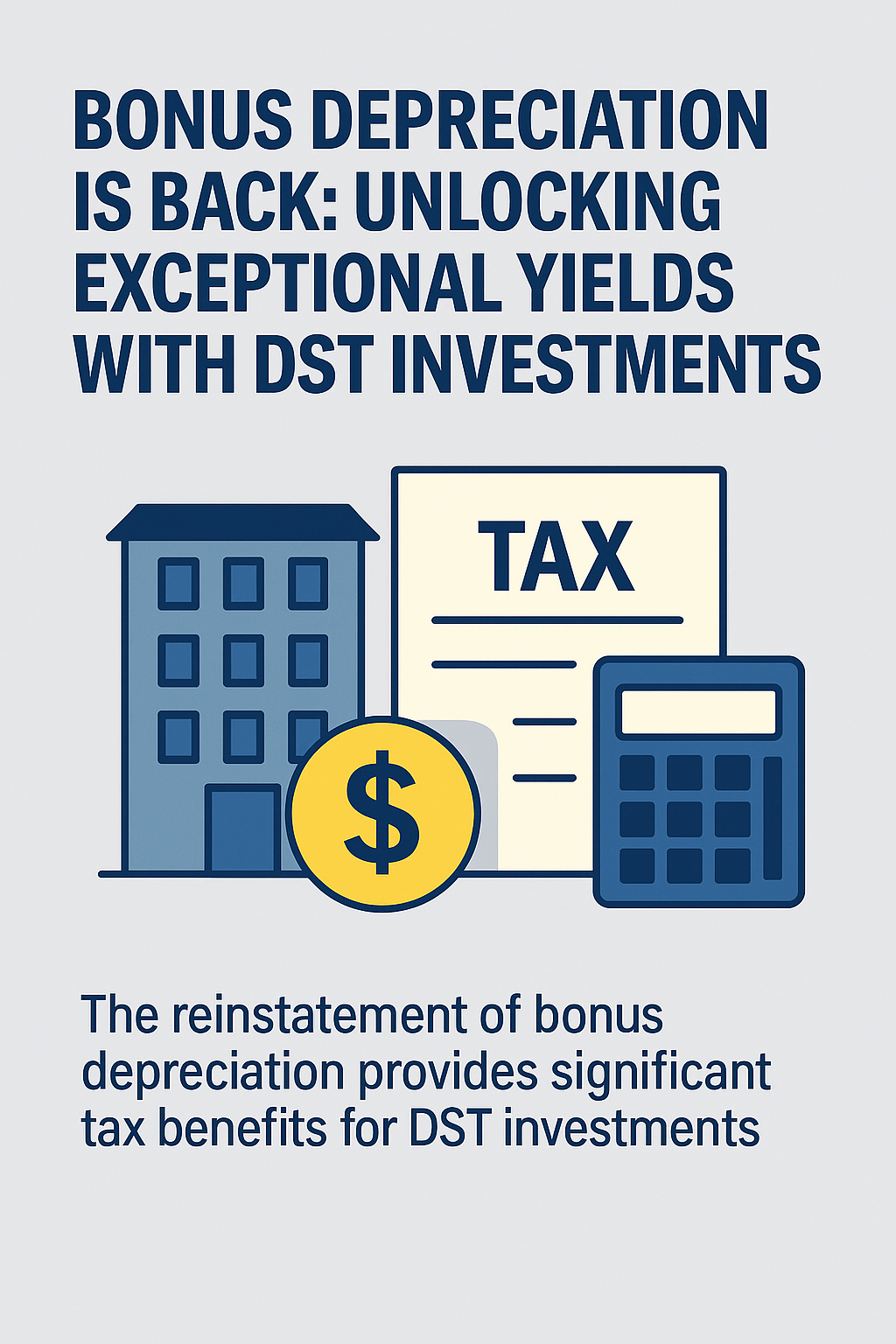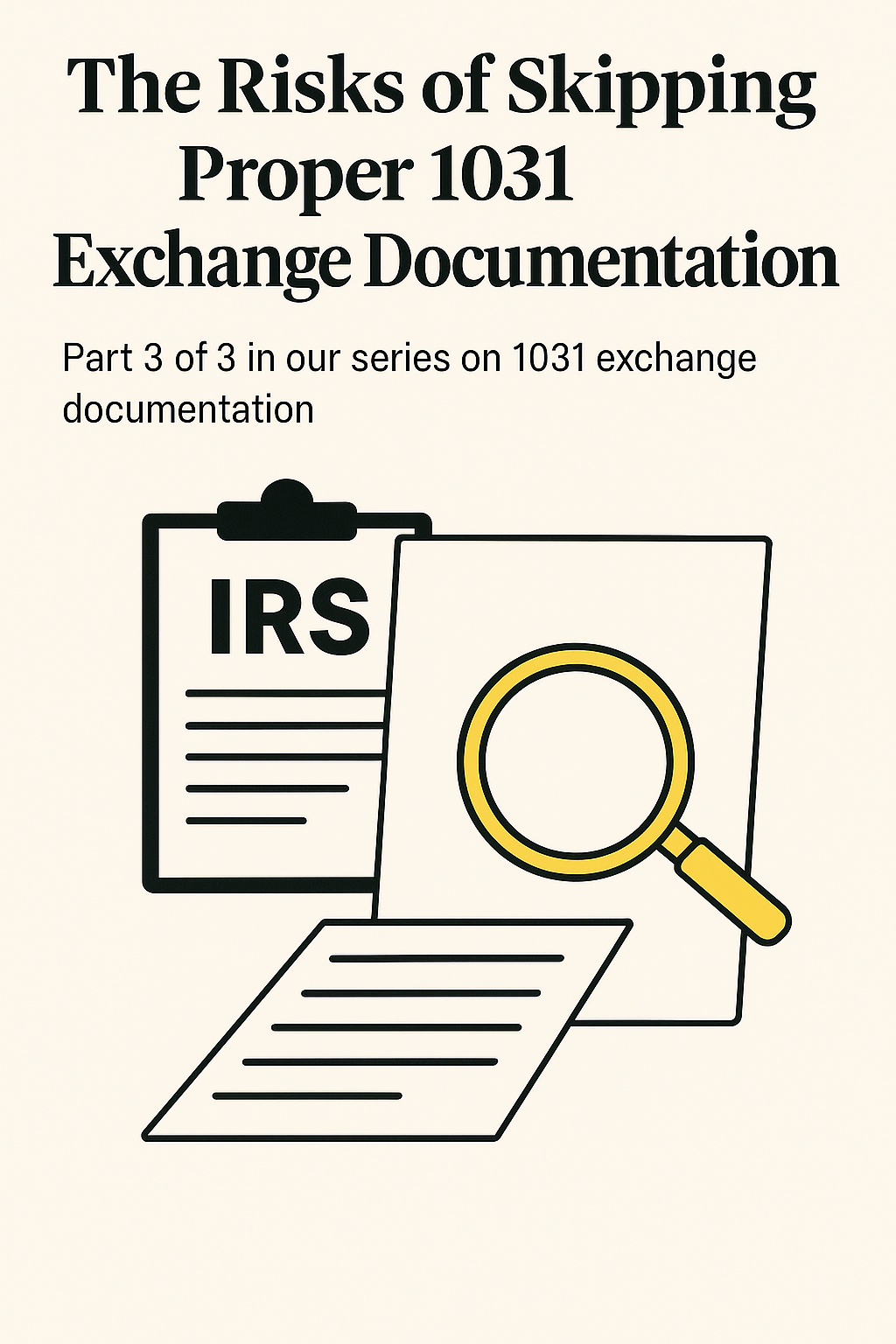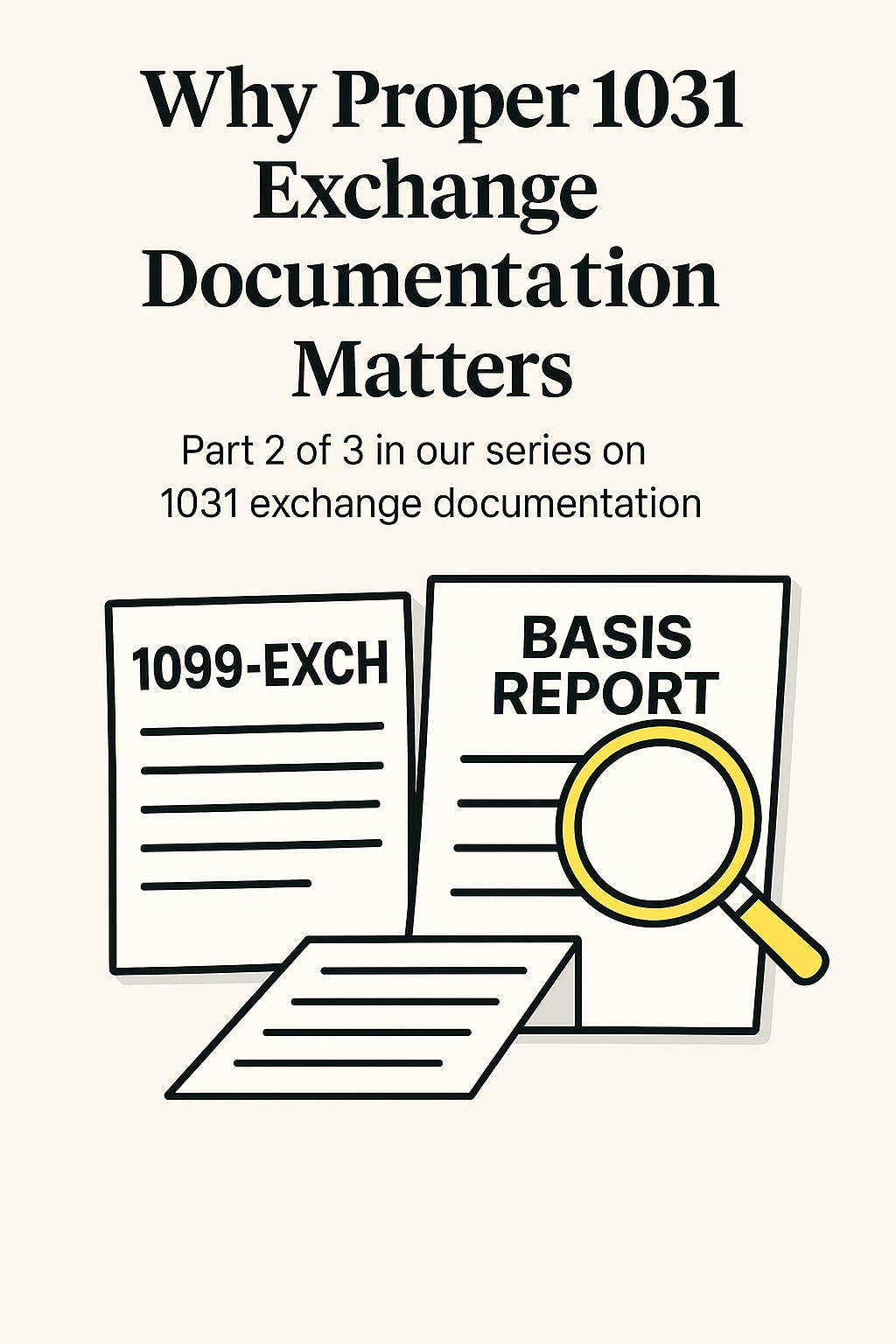Losing a loved one is difficult enough, but inheriting a business, especially an S corporation holding valuable assets like real estate, adds layers of financial and tax complexity. One crucial concept heirs must grasp is the “step-up in basis,” but its application with S corporations isn’t always straightforward, particularly when property is involved.
Let’s break down what happens when heirs inherit S corporation stock and how distributing assets like real estate impacts their tax situation.
The Step-Up in Basis: Good News for Stock, Not Assets
When someone passes away, the assets they owned generally receive a “step-up in basis” to their fair market value (FMV) on the date of death (as per IRC § 1014(a)). This is beneficial because it reduces the potential capital gains tax if the asset is later sold. For real property, the step-up can also provide significant new depreciation deductions if the heir plans to keep the property..
However, when inheriting shares in an S corporation, a critical distinction arises:
- The Step-Up Applies to the Stock: The heirs receive a step-up in basis on the S corporation stock itself, bringing the basis up to the FMV at the time of the owner’s death.
- No Step-Up for Inside Assets: Crucially, the assets held inside the S corporation (like real estate, equipment, etc.) do not automatically get a step-up in basis. The S-Corporation basis does not change when a shareholder passes away.
This difference is vital when the S corporation holds appreciated assets, such as a piece of real estate that has significantly increased in value.
Distributing Real Estate: Triggering Capital Gains
Imagine the sole owner of an S corporation passes away, and the only significant asset inside the S corp is a building. The heirs inherit the stock, which gets a step-up in basis.
What if the heirs decide they want the real estate directly, perhaps to sell it or manage it personally, and have the S corporation distribute it to them?
This is where things get tricky:
- Corporate Gain Recognition: When an S corporation distributes appreciated property (like real estate) to its shareholders, the corporation is treated as if it sold the property at its fair market value (IRC § 336(a)).
- Gain Pass-Through: The difference between the property’s FMV and its original (lower) basis inside the corporation is recognized as a capital gain by the S corporation. This gain then flows through proportionally to the shareholders (the heirs in this case).
So, distributing the property creates a taxable gain that the heirs are responsible for paying, even though they just inherited the property
Dissolution and Potential Loss Offset: A Strategic Consideration
Now, consider the scenario immediately following the property distribution. Let’s assume the real estate was the S corporation’s only asset. After distributing it, the S corp is essentially an empty shell.
If the heirs then decide to dissolve the S corporation:
- Stock Basis Calculation: The heirs’ stock basis started high (due to the step-up at death)
- Liquidation: Upon liquidation, the heirs technically dispose of their stock. Since the corporation has no assets left to distribute, the value received is $0.
- Capital Loss Recognition: The heirs may recognize a capital loss on the disposition of their stock, calculated as the difference between their (now very high) adjusted stock basis and the $0 received upon dissolution (IRC § 331(a)).
The Key Takeaway: This capital loss generated from dissolving the S corporation stock can potentially offset the capital gain that was passed through to the heirs from the distribution of the real estate. This strategic liquidation can effectively neutralize the tax impact of distributing the appreciated property in this specific scenario.
What if There Are Multiple Owners?
The same general principles can apply even if the S corporation has multiple owners. If an owner passes away, their heirs receive the step-up in basis on their portion of the stock.
If the goal is to distribute the real estate, one way to achieve a similar outcome is for the S corporation to distribute undivided tenant in common (TIC) interests in the property to the shareholders in proportion to their ownership, often in exchange for their shares or as part of a liquidation plan.
Each shareholder (including the heirs) would recognize their share of the gain from the property distribution, increasing their stock basis. Subsequently, dissolving the S corporation could generate a capital loss to offset that gain, similar to the single-owner scenario.
Conclusion
Inheriting S corporation shares involves specific tax rules that differ from inheriting assets directly. While the step-up in basis applies to the stock, it doesn’t automatically apply to assets like real estate held within the S corp. Distributing appreciated property triggers a corporate-level gain that flows through to the heirs. However, by carefully managing the dissolution of the S corporation following such a distribution, heirs may be able to generate a capital loss on their stock to offset this gain. Given the complexities, consulting with experienced tax and legal professionals is essential to navigate this process correctly.
Frequently Asked Questions (FAQ)
1. What is a step-up in basis for inherited assets? A step-up in basis adjusts the cost basis of an inherited asset (like stocks, bonds, or real estate) to its fair market value on the owner’s date of death. This generally reduces the capital gains tax liability for heirs if they later sell the asset.
2. Does the step-up in basis apply to assets inside an inherited S corporation? No. When you inherit S corporation stock, the stock itself receives a step-up in basis. However, the underlying assets held by the S corporation (like buildings, land, or equipment) generally do not receive a step-up in basis. Their original basis carries over.
3. What happens if an S corporation distributes appreciated real estate to its heir shareholders? The S corporation must recognize a capital gain as if it sold the property for its fair market value. This gain is then passed through to the shareholders (the heirs), increasing their taxable income and also increasing their basis in the S corporation stock.
4. Can heirs offset the tax gain from an S corp property distribution? In specific situations, yes. If the S corporation distributes its primary appreciated asset (like real estate) and is then dissolved shortly after, the heirs might recognize a capital loss on their high-basis stock. This capital loss can potentially offset the capital gain passed through from the property distribution.
5. How does this work if the S corporation has multiple owners/heirs? Similar principles apply. The heirs of a deceased owner get a step-up in basis on their inherited stock. If the S corporation distributes property (e.g., as tenant in common interests) to all owners proportionally and then liquidates, the heirs might still be able to generate a capital loss on their stock to offset their share of the gain from the property distribution. Professional advice is crucial in multi-owner scenarios.

